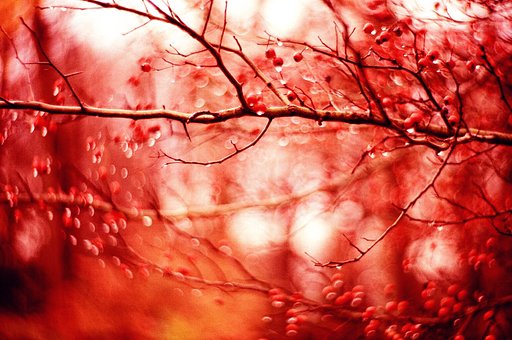Analogue photography basics
If you come across some technical terms that you just haven’t quite understood have no fear, here’s a little list to help you find your way!
Most Popular Courses
-
What is parallax error and how can I avoid it?
Parallax error, also known as a viewfinder error, is the shift in the apparent position of your subject due to the difference between what your lens sees and what your viewfinder shows. This can affect a photograph’s composition, framing and depth, but there are easy steps we can take to minimise it from happening.
-
Do I have to load film in my camera in the dark?
There’s no need to load film in the dark but going under the shade or subdued lighting are ideal conditions when loading film.
-
What is the difference between a full-frame and half-frame camera?
Full-frame film cameras create an image across the entire 36 mm by 24 mm frame. Whereas half-frame cameras can fit two images onto one frame and each image measures 18 mm by 24 mm.
-
How many photos can you take on a 35 mm film?
A standard roll of 35 mm film allows you to take 36 photos. However certain film stocks only allow 24 photos to be taken. The number of exposures is indicated on the outside of the box of film.
-
What is the difference between analogue and digital?
Analogue and digital formats are both ways of storing information. In analogue technology, waves or signals are stored in their original form (such as vinyl where grooves are etched in order to create sound waves on the disk itself.) However, in digital technology, waves or signals are converted into numbers and stored as code on a digital device such as a hard drive, memory card or computer.
-
What are the different types of film cameras?
From a SLR, to TLR, to rangefinder or point & shoot cameras – find out how these different types of cameras operate.
-
What does bokeh mean?
Coming from the Japanese word “boke-aji” which means the quality of blur, bokeh describes the quality of a photo’s “blurry“ and out-of-focus portion.
-
What is the sunny16 rule?
The Sunny 16 Rule is a way to meter for correct exposure during daylight without using the camera’s meter. It is great for photographers who don’t want to get slowed down by metering for every shot or rely too much on their camera’s in-built light meter.
-
What is the shutter speed?
Another photography basic every beginner photographer should learn and take to heart is using the right shutter speed.
-
What is minimum focusing distance?
Focus is an integral part of photography. It’s essentially what makes your images clear and your subject distinguishable from the background. Cameras have varying focusing capabilities and that’s why it’s important to learn about focusing distance and how it plays a role in the way you take photos.
-
What is the ISO?
Sometimes, you can’t just depend on aperture and shutter speed alone. ISO can greatly help you get the right exposure without the heavy trade-offs from relying too much on changing your aperture and shutter speed.
-
What is the aperture?
New to film photography? If you are, then one of the things you should learn about is aperture.
-
What is metering?
Metering is the process of reading the lighting conditions before taking a photograph, to make sure you will get the right exposure for your images. This is where shutter speed, aperture, and ISO all come into play.
-
What is macro photography?
Want to learn how to take those super close-up shots? Then you should definitely check out macro photography.
-
What is wide-angle photography?
Looking to change up your shooting style? Try wide-angle photography and be open to a wide world of possibilities!
-
What is the focal length?
Do you wonder what the number/measurement on your lens stands for? That’s the focal length of your lens and it can dictate how your photos will look like.
-
What is pushing or pulling a film?
Pushing or pulling a film might feel daunting at first but it’s actually simpler than it sounds.
-
What does it mean to overexpose vs underexpose a photo?
Put simply, an overexposed image is one that is brighter than the reality of the scene you’re trying to photograph, while an underexposed image is darker than reality. Overexposure generally means you are giving your film too much light, and with underexposure you have the opposite problem of not enough light.





